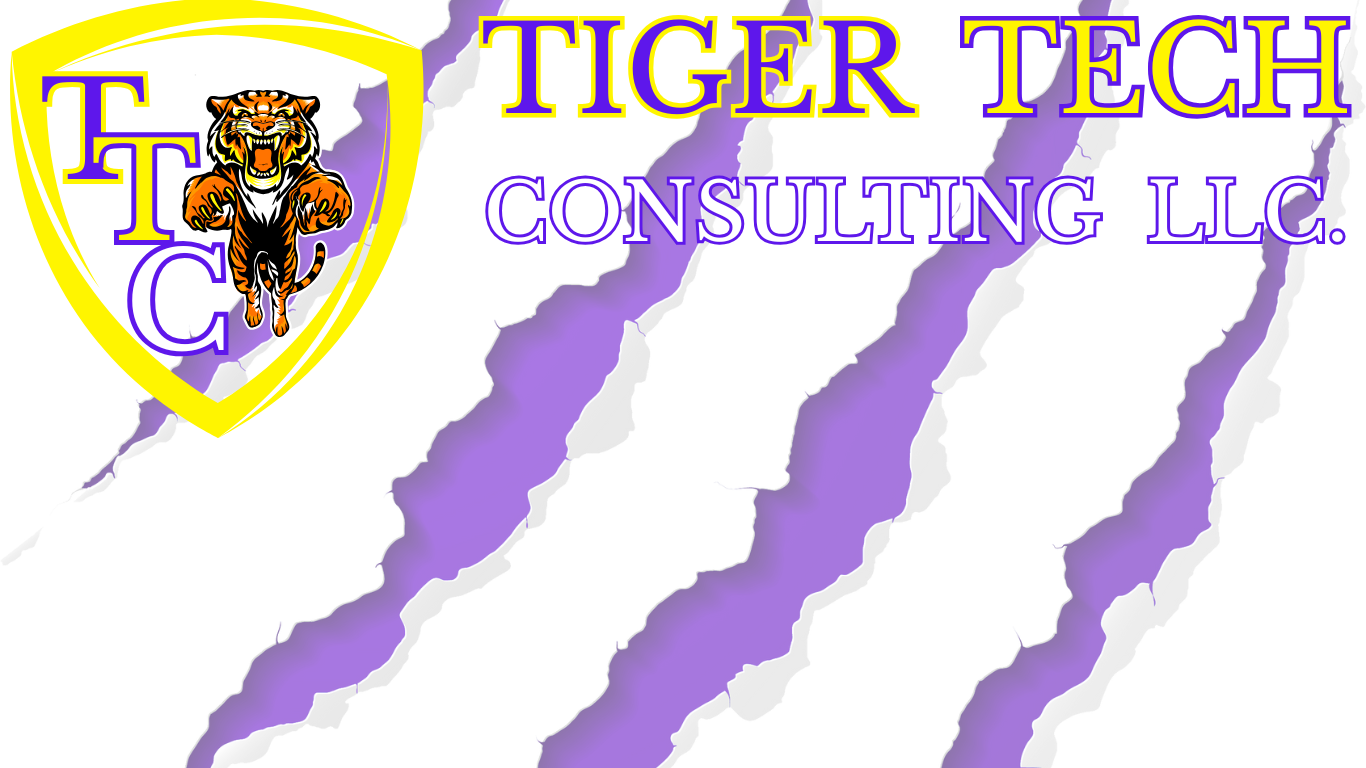Understand the Problem:
Slow IT support can have a ripple effect that impacts both businesses and consumers in major ways. Here's a quick breakdown of how those issues play out:
For Businesses:
Lost Productivity: Employees stuck waiting for tech issues to be resolved can’t do their jobs efficiently.
Revenue Loss: Downtime = lost sales, especially for e-commerce or service-driven platforms.
Customer Frustration: If support delays impact customer-facing systems, it damages the brand's reputation.
Security Risks: Delayed patching or response to threats can leave systems vulnerable.
Increased Costs: Repeated disruptions mean more time and money spent fixing recurring problems.
For Consumers:
Long Wait Times: When support is slow, consumers get stuck waiting for help — often while facing issues like login problems, service outages, or billing errors.
Loss of Trust: If a brand can’t provide reliable support, customers start to doubt the reliability of the product or service.
Abandonment: Consumers are more likely to switch providers or services if they feel unsupported or ignored.
🚀We can help you find the right Solution:
For Businesses: Boosting Internal Efficiency & Support Speed
1. Modernize Support Infrastructure
Adopt cloud-based ticketing systems (e.g., Jira, Freshservice) to centralize requests and automate workflows.
Use real-time dashboards to track issue resolution and workload distribution.
2. Prioritize Issue Routing
Implement a tiered support model (L1-L3) to streamline resolution paths and avoid overloading senior engineers with basic tasks.
Route tickets based on urgency, impact, and complexity.
3. Set Clear SLAs and KPIs
Define service level agreements to manage expectations and accountability.
Monitor KPIs like average resolution time, first response time, and ticket backlog.
4. Prevent Repetition with Root Cause Analysis
Go beyond “quick fixes” by identifying systemic issues causing recurring disruptions.
Invest in preventive maintenance and long-term fixes, not just reactive support.
5. Empower Employees with Self-Service
Create internal knowledge bases or chatbots that help users troubleshoot simple issues themselves.
Reduces dependency on IT for common problems, increasing productivity.
For Consumers: Improving External User Experience
1. Offer 24/7 Support via AI & Automation
Deploy AI-powered chatbots to handle FAQs, password resets, or service status checks — anytime.
Combine with live agents for a hybrid model that maintains a human touch.
2. Maintain Transparent Communication
Set up automated status updates for open tickets or outages.
Let users know their issue is being worked on — silence leads to frustration and mistrust.
3. Simplify Contact Channels
Offer omnichannel support (live chat, email, SMS, app-based help) so consumers get help where they are.
Integrate support directly into apps or platforms for a seamless experience.
4. Gather and Act on Feedback
Regularly ask for consumer feedback on support interactions and use it to refine processes.
Show users you’re listening by implementing visible improvements.
5. Proactively Address Issues
Monitor systems closely to identify and resolve issues before they impact users.
Use alerts and analytics to stay ahead of potential disruptions.
